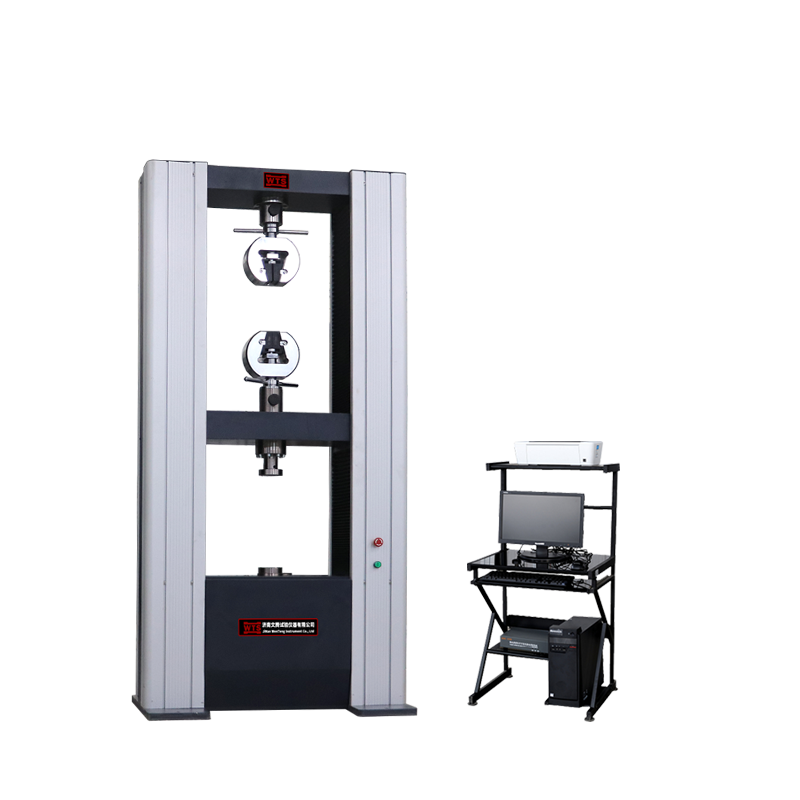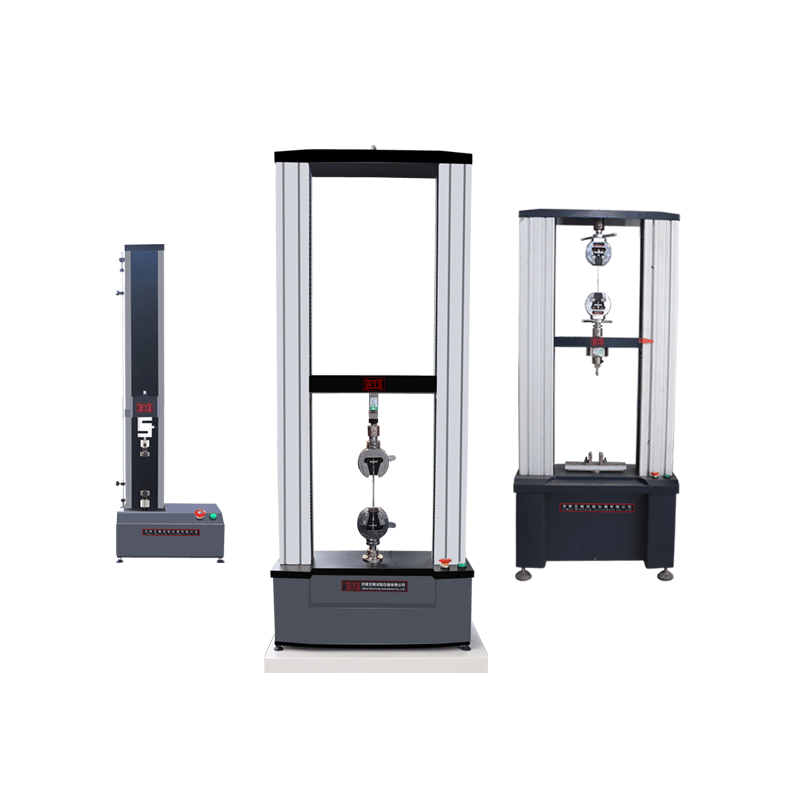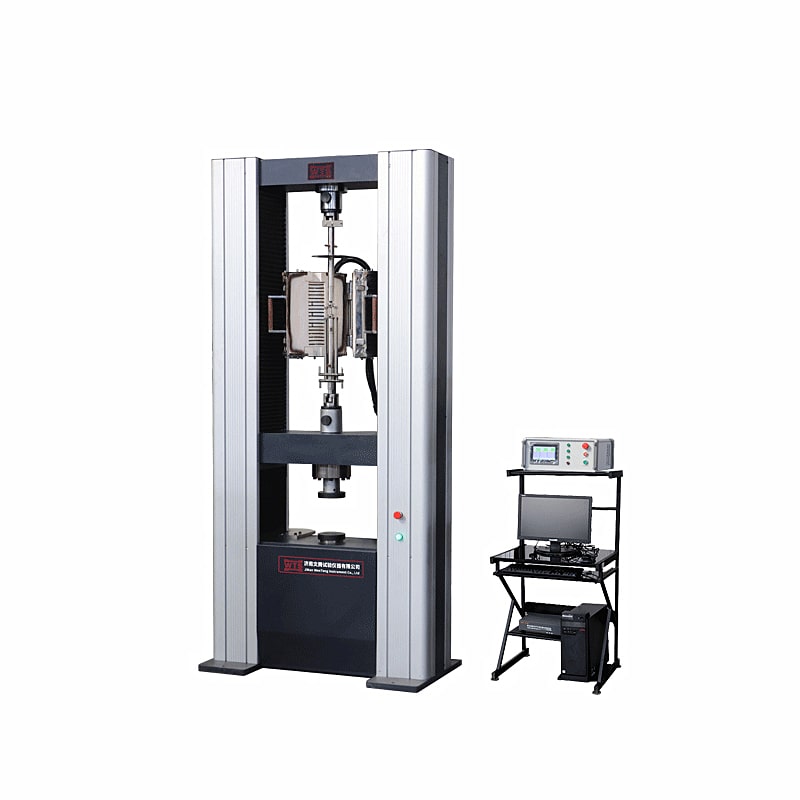A Universal Testing Machine (UTM) is a versatile instrument used to evaluate the mechanical properties of materials—tensile strength, compression, bending, shear, hardness, fatigue, and more. UTMs are essential tools in industries ranging from aerospace to plastics to biomedical devices. As of 2025, a number of trends are shaping how UTMs are designed, used, and integrated into manufacturing and R&D. This article covers those trends, current challenges, and why UTMs remain central in quality control and innovation.
What is a Universal Testing Machine?
A UTM applies controlled forces—pulling, pushing, or bending—and measures how materials respond. With the help of load cells, grips, extensometers, and software, the machine records data like yield strength, ultimate tensile strength, modulus of elasticity, and elongation at break. Because of their flexibility, UTMs are widely adopted for quality control, research, and regulatory compliance.

Key Trends in Universal Testing Machines (2025)
Digital Integration and Data Analytics
UTMs are increasingly connected to digital platforms that allow real-time monitoring, cloud data storage, and AI-driven analytics. This makes it possible to predict material behavior and improve product development cycles.Fatigue Testing and Multi-Axis Capabilities
Industries now demand machines capable of fatigue testing and combined stress modes, such as tension-torsion or bending-torsion. This reflects real operating conditions more accurately and is essential for advanced materials testing.Smart and IoT-Enabled Machines
Modern UTMs feature remote monitoring, predictive maintenance, and automated reporting. These smart functions save time and reduce downtime while ensuring reliable performance.Precision and Ultra-High Accuracy
Advances in load cell technology, high-resolution extensometers, and stable control systems allow for testing very low forces and extremely high forces with better repeatability.Sustainability and Energy Efficiency
With growing global emphasis on green manufacturing, UTMs are being designed for lower power consumption, reduced hydraulic use, and longer service life through modular upgrades.Customization and Modular Design
Instead of one-size-fits-all, UTMs are now built to be modular. Users can swap out fixtures, grips, or sensors to adapt to new testing standards without replacing the entire system.Compliance with Global Standards
Meeting ASTM, ISO, and other international testing standards is more critical than ever. UTMs must deliver traceable, accurate results that comply with strict regulatory requirements in industries such as aerospace and medical devices.
Why UTMs Are Especially Relevant in 2025
Advanced Materials: New composites, biomaterials, and nanomaterials require more complex test setups.
Global Quality Demands: Manufacturers must prove material consistency across international supply chains.
Regulatory Pressure: Stricter rules on safety and sustainability increase the importance of accurate material data.
Cost Efficiency: Many companies upgrade existing UTMs with digital systems instead of buying entirely new machines.

Challenges for Companies Using UTMs
High Investment Costs: Advanced fatigue and multi-axis systems can be expensive.
Calibration and Maintenance: Precision testing requires regular calibration and skilled operators.
Legacy Equipment Issues: Older UTMs may lack digital connectivity or advanced features, making upgrades necessary.
Data Overload: With higher sampling rates and more sensors, labs need strong software to process data effectively.
Conclusion
Universal Testing Machines remain a cornerstone of material science, manufacturing, and product safety. In 2025, the main shifts include digital integration, fatigue and multi-axis capabilities, IoT connectivity, and sustainability. Organizations that adopt these innovations will not only improve their testing efficiency but also strengthen their competitiveness in global markets.









